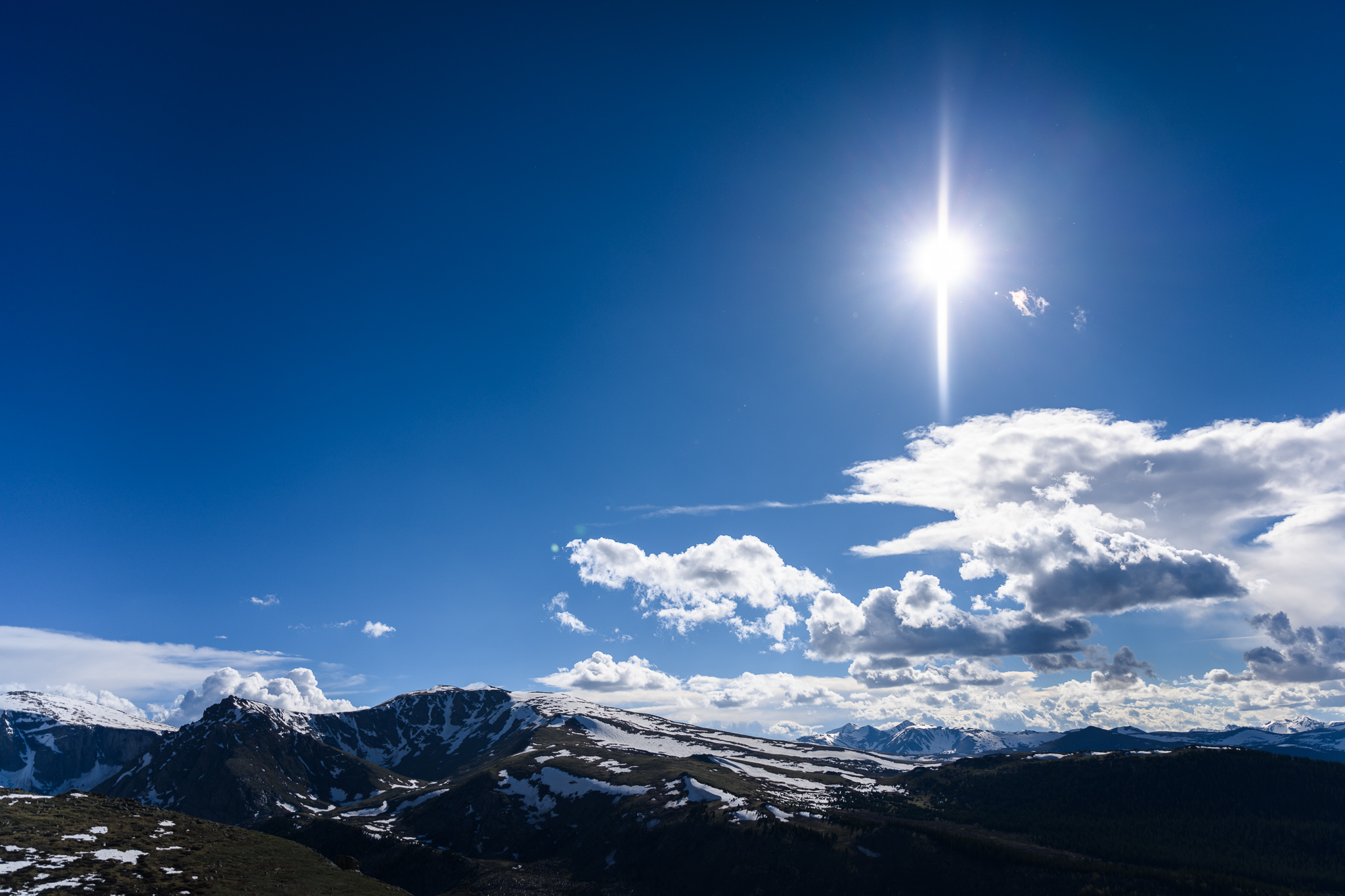I noticed that my new R6 had electronic 1. Curtain enabled per default.
Canon ships all R5 and R6 cameras in EFCS (Electronic First Curtain Shutter) mode by default. This is to prevent Shutter Shock from occurring, which is more of an issue with the R5 than with the R6. Thought you won't see many complaints about the R6 in this regard (other than Gordon's observation during testing).
Why not mechanical? What are the ups and downs? When would you use one over the other? I know shutter noise is less and camera shake is less so downsides?
This subject has been covered in numerous threads before if you look for them... but they can be hard to find. Most people ask exactly the same question. Mechanical Shutter can produce "Shutter Shock" in in some instances with cameras that have IBIS... (with under 1/160 sec on the R6 and under 1/250 sec on the R5). Even Sony's new cameras with IBIS suffer from this issue. It does not appear to affect prior canon models without IBIS since the sensors on those other models are not prone to vibration. For action photography or photography where the best possible bokeh is desirable, Mechanical Shutter is the preferred mode for the best results. I have used the EOS R6 in Mechanical Shutter mode for images as slow as 1/40 handheld and even slower on a tripod, but I have only seen one, single image out of tens of thousands that might have (possibly) been attributed to shutter shock.... and that image was taken at 1/160 sec. It's possible that the camera was moving slightly when I took that image although it's just as likely to have been Shutter Shock.
.
EOS R6 - Taken handheld in Mechanical Shutter - to improve and maximize Bokeh.
EOS R6 - Taken with Electronic Shutter - so as not to disturb the artist.
EOS R6 - Taken with Mechanical Shutter at 1/40 sec handheld - without any problems... though I believe the first shot wasn't quite as sharp - which is typical with Shutter Shock (first of a series of shots is slightly affected when this occurs).
I know about rolling shutter issues but this shouldn't happen with el. 1. curtain.
EFCS is essentially a blend of both Mechanical and Electronic, resulting in just one vibration from the shutter mechanism as it closes instead of two. Rolling Shutter effects and distortions should only be a problem with Electronic Shutter Mode.... and only when panning or when photographing or filming fast moving subjects.
Any issues with flash, syncspeed, max shutterspeed?
Not that I've noticed. Higher shutter speeds (eg 1/1250 sec and higher) are not suitable for Electronic Shutter mode but are ideal with Mechanical Shutter Mode.
.
* Bokeh is best with Mechanical Shutter Mode with wide aperture lenses.
* Bokeh is slightly reduced with EFCS Mode.
* Mechanical Shutter Mode also eliminates Rolling Shutter distortion effects with fast moving subjects.
* Electronic Shutter may produce odd bokeh under some instances and it will definitely have issues with 'flicker' (horizontal banding) when shooting under many types of artificial lighting (indoor lighting).
.
Mechanical Shutter is best for:
* Maximum Bokeh
* Sporting
* Action (airshows, golf, performances etc)
* Portraits where Bokeh is important.
* High Shutter Speeds.
* Better than EFCS and Electronic if Neon Light is in frame (including signage).
* Shooting in artificial light which might cause banding/flicker.
.
EFCS (Electronic First Curtain Shutter) is best for:
* Everyday photography.
* Eliminating Shutter Shock potential.
* Shooting in artificial light which might cause banding/flicker.
* Better than Electronic if pulsating Neon lighting is in frame.
* Landscape Photography.
* Portrait Photography.
* Photography where bokeh is not absolutely critical.
* Slower Shutter Speeds.
.
Electronic Shutter is best for:
* Silent Shutter (it's absolutely silent).
* Slower Shutter Speeds (there's no shutter vibration).
* Eliminating Shutter Shock completely.
* Rapid 20 fps continuous shooting.
* When maximums frame-rates are essential to capture a moment.
.
I leave my EOS R6 camera in 'Mechanical Shutter' Mode all of the time and simply keep the shutter speeds above 1/160 sec - which is easy with the R6. I've certainly forgotten to maintain this threshold on numerous occasions without any problems. I have sometimes used the Electronic Shutter when in silent locations (art galleries or when photographing people or animals that might otherwise be distracted). EFCS will usually have a very minor, yet noticeable, impact on Bokeh by turning an f/1.2 aperture into something closer to f/1.4 (when compared closely afterwards with shots taken with Mechanical Shutter). It's late and I'm watching a movie so I might have missed something - but these are the main points.
.

A strongly cropped region from a photograph taken with the Canon EOS R6 that I THINK was released by Canon... but quickly drew attention - using Electronic Shutter. Note the strong distortion of the ball and golf club whilst the leg and shoe behind the ball are unaffected.
--
Regards,
Marco Nero.



